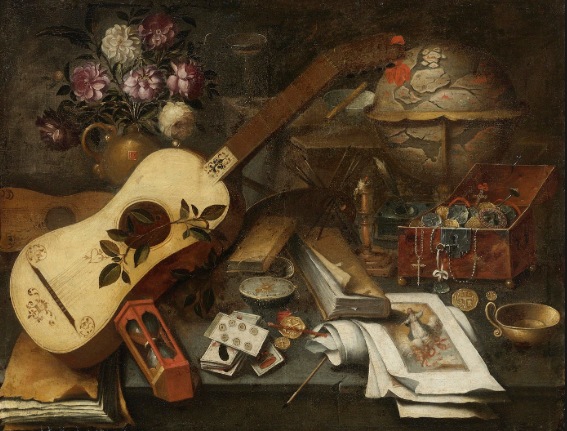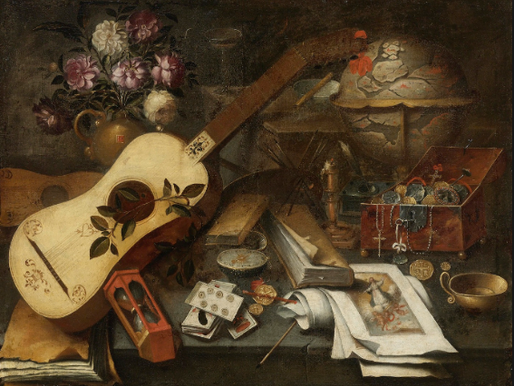Uncategorized
Baroque Music: : Aristotelism and the Art of the Unfinished

The European sixteenth century, although brilliant, was also very convulsive.
The looting of Rome, the religious wars derived from the reform and the counter-reformation, the re-feudalization of society promoted by the aristocratic urban elites … several factors started with the destruction of the Renaissance optimism and his concept of human dignity, a sacred dignity according to his status as a creature made in the image and likeness of the creator.
We went from a spiritual rebirth to a Baroque with a more Aristotelian mentality. The wars, plagues, the reunification of power and privileges around a high nobility increasingly skeptical (this is especially evident in the Catholic countries), made impossible the previous idealism. Now pessimism and disappointment triumph, the world ceases to be an accurate reality and becomes a deception, a dream, an illusion.
The artists and intellectuals of the time did not think that other worlds did not exist, they believed that, even if there were, the only one that could be dealt with was this and only this one. In this way, though, and with it, aesthetics, becomes more rational, empirical, realistic. Even the door opens to the unpleasant, the ugly and the grotesque.
How does this translate into art?
… think, for example, of the trajectories of Rembrandt and Velazquez. Both began painting in a very detailed way, but they evolved towards a more suggestive painting full of imprecise brushstrokes that, once taken some distance, mixed in the eye of the spectator who recreated the image freeing it of imperfections, a bit in the impressionist way. This is what we call the art of the unfinished, so characteristic of the baroque. Each person had to reconstruct the picture in his eye as he reconstructs the diffuse world around him.
And with regard to music? … the parallels seem obvious.
The eagerness to measure and analyze every aspect of reality brought out in the bosom of the Baroque mentality the so-called “affection theory”, a kind of “scientific” tool that sought to define and catalog in an empirical, Aristotelian way, the whole range of emotions and human passions.
These were not considered in their particular aspect, but in a general and conceptual way. When an emotion It was difficult to describe, resorting to different combinations of certain basic patterns (sadness, happiness, hope, bitterness …) in order to capture the most subtle and profound nuances of each human feeling. The rhetoric was the essential intermediary for the transmission of the affections since it was thought that music and oratory were the same things. So figures like the anaphora, hyperbaton, pleonasm … before reserved to poetry, went on to have their musical equivalents.
And, of course, what best defines the concept of the unfinished in baroque music is the emergence of monody and continuo. Within baroque composers, the textures are polarized and end up leaving the interpretation of the intermediate voices to the taste of the interpreter, the improvisation gains great importance, the scores lack indications of tempo, dynamics, articulations, and even Baroque instruments …. all this contributed to accentuating the feeling of the unfinished.
Learn about Bach’ Sons and their contribution to music galant style.
#pianolessonslondon #harpsichordlessonslondon #pianoteacher #harpsichordteacher

